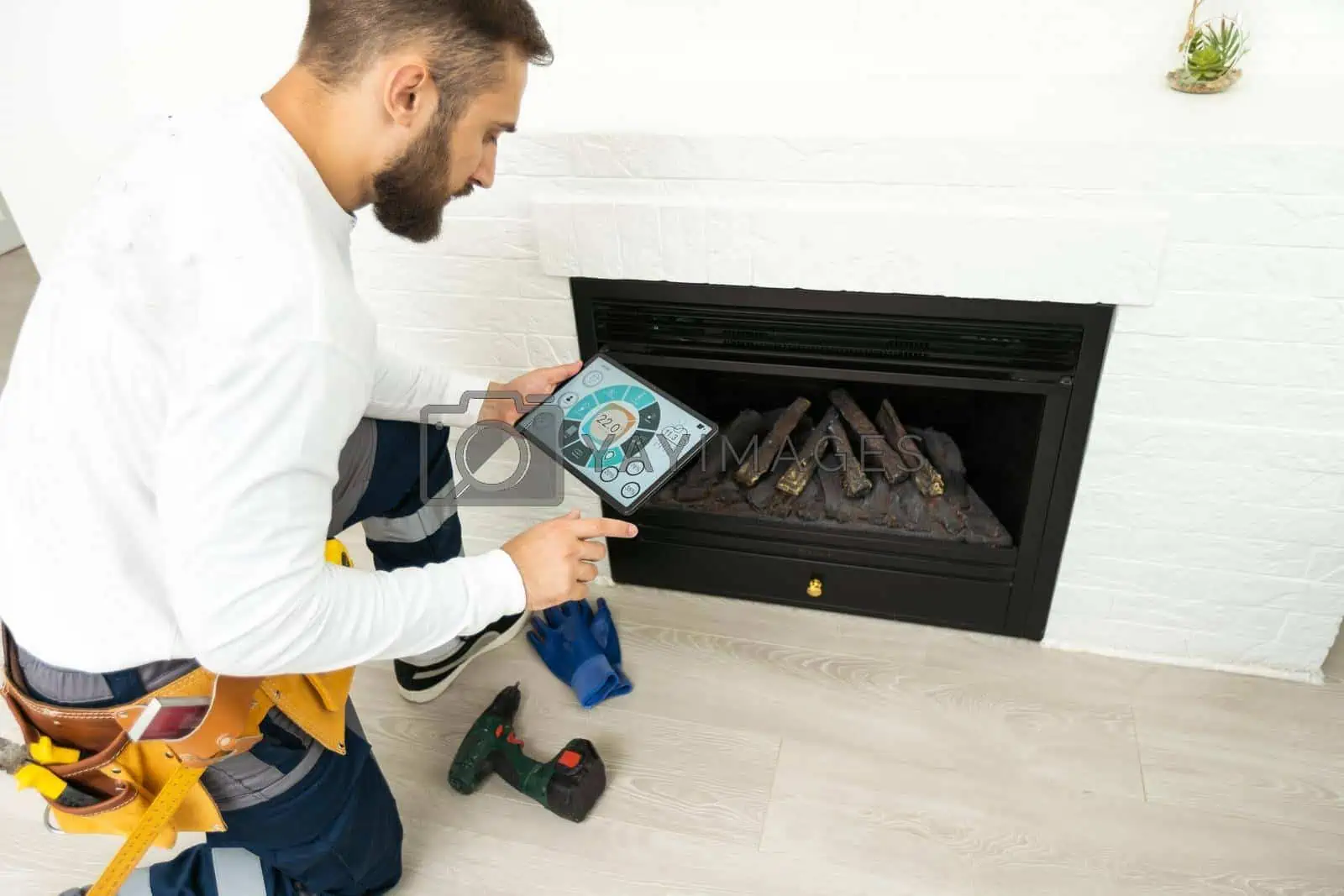How to Install Gas Fireplace Inserts?
Gas fireplace inserts are an excellent way to improve the comfort of your home. They can be installed in existing masonry fireplaces, or new builds and remodels. They require professional installation, however, so it’s best to call a licensed heating and air conditioning contractor to complete the job.
(Looking for “fireplace contractors Peoria Az“? Contact us Today!)
![]()
Choosing a Gas Fireplace: What to Look for in a Model
The first thing you should consider when selecting a gas fireplace is its venting type. There are two main types: vented and vent-free. Both have their pros and cons, so it’s important to decide on the right one for your needs.
Vented models are designed to vent through a chimney or exterior venting system. They are most suitable for large homes, but they can also be used in smaller spaces. They typically produce more heat than a vent-free model, but they can also produce excess carbon monoxide fumes that can cause serious health problems in some people.
Besides venting, it’s also important to choose a gas fireplace that uses a reputable fuel, such as natural gas or propane. A dual-fuel gas insert can allow you to switch between the two depending on your budget and the availability of gas in your area.
Gas inserts can come in many different shapes and sizes. They may look like a traditional wood-burning fireplace, or they can have a modern aesthetic with a glass panel front.
Before deciding which model to purchase, be sure to research the model’s energy efficiency rating and whether it comes with a remote control or door/screen. These features can make a big difference in how well it works and can save you money on your energy bill.
Some inserts also include a blower, which helps distribute the flames around the room. This is a good feature for those with smaller homes or those who need to move the fire to another room to create more heat.
If you want to avoid any potential safety issues, then look for models that feature oxygen depletion sensors. These will automatically turn off the burners if the oxygen level in the room falls below an established limit.
Aside from ensuring safety, this feature also makes your gas fireplace more efficient, as it reduces the amount of time it is burning and helps you use less gas.
Unlike a wood-burning fireplace, a gas fireplace will not produce any smoke or creosote, which is the byproduct of burning wood. It also produces far fewer emissions than a wood-burning fireplace, which is good for the environment.
How To Install A Gas Fireplace: Part 1
The initial work that needs to be completed before installing a gas fireplace is the construction of a frame. You’ll find framing instructions with your unit, so follow them carefully to build a framed opening that meets the sizing requirements outlined by the manufacturer.
Once the frame is complete, you can proceed with the installation of your insert. It is a very complex and dangerous project, so it’s best to leave this task to a professional.

